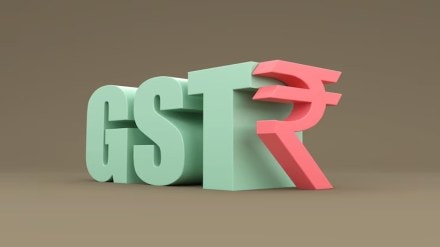The only argument in favour of the Group of Ministers’ (GoM) recommendation of a special goods and services (GST) rate, in addition to a slew of rate tweaks for over 148 items including readymade garments, is as follows: In an environment where inflation is hurting lower income households, the GoM is right in its objective of making premium products pricier and items used by the common man cheaper. It is also being argued that it is the top end of consumption that’s holding up well, but the overall consumption as reflected in the private final consumption expenditure has been growing at a subdued pace. With the GDP growth having clocked in at a seven-quarter low in the September quarter, and GST collections having moderated quite a bit, affordability must take precedence over complexity. The GoM is also probably hoping that placing a few more goods in the high-end slabs can enhance the collections and help the common man.
The problem is that the recommendations, if accepted by the GST Council, will bury all hopes of a less complex GST structure that essentially would imply a reduction in the number of tax slabs, minimal carve-outs and exemptions, easier compliance mechanism, and rates at a level at which both states and the Centre are able to safeguard their revenue streams. Consider the absurdity of multiplicity of rates which will only increase. The trigger for the most recent discussion on the continuing complexity of the GST structure was a Coimbatore-based hotel chain owner cracking a joke about the absurdity of GST rates at an industry meeting with finance minister Nirmala Sitharaman, which later led to a political storm. The problem, he said, is that GST is applied differently to each item. For example, there is no GST on a bun. If you put cream in it, the GST becomes 18%. Because of this, customers say they want the bun and the cream separately so that they can apply the cream themselves to save money. It was not the first time that the multiplicity of rates has been flagged as an issue. Multiple rates, especially for different parts of the same item, often result in classification disputes. For example, tax authorities and manufacturers have previously sparred over Marico’s Parachute — whether it was hair oil or just coconut oil; Nestlé’s KitKat — biscuit or chocolate; and Dabur’s Lal Dant Manjan — tooth powder or a medicinal drug. The GoM proposal on readymade garments brings back memories of these absurdities.
Overall, arbitrary changes to any tax structure are undesirable and the logic that today’s sluggish economic growth and the widening gap between the haves and the have-nots demands these changes is fallacious. It’s true no country has claimed a flawless GST and a perfect indirect tax regime ought not become the enemy of the good, but it’s an undeniable fact that India’s GST was hobbled in its role as “the great simplifier” by its multiplicity of rate brackets. India has the fiscal space to rid this levy of its complexity and go for simplified stability. Besides, while the slabs need a reset, India must also widen its coverage to include fuel, liquor, and other stuff left out for later consideration. That’s the way to go instead of the continuing obsession of tinkering with and widening the rates and slabs. Is a “good and simple tax” a forgotten word?
